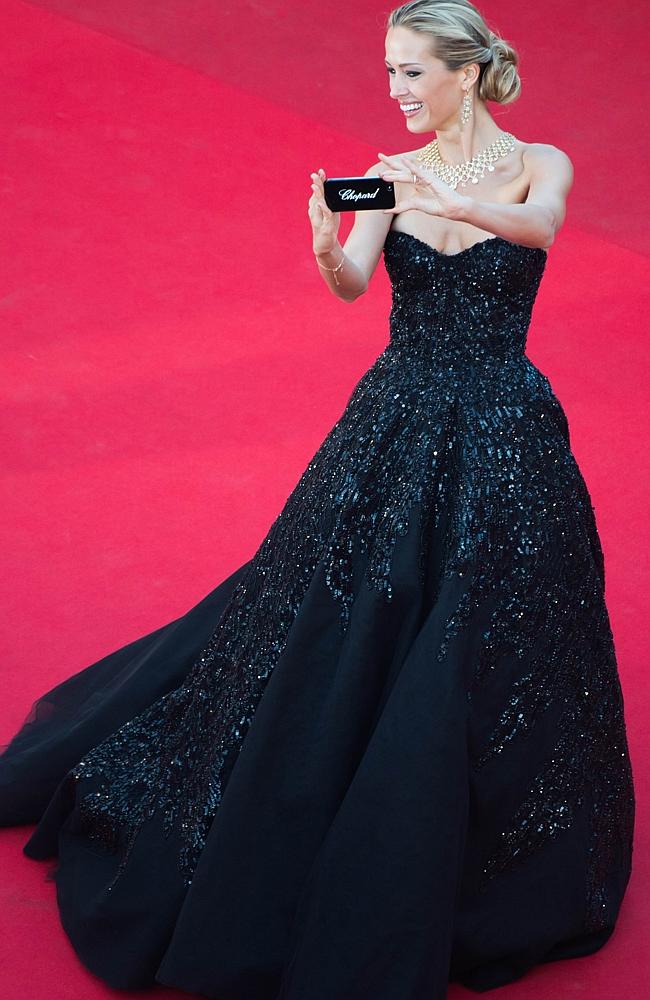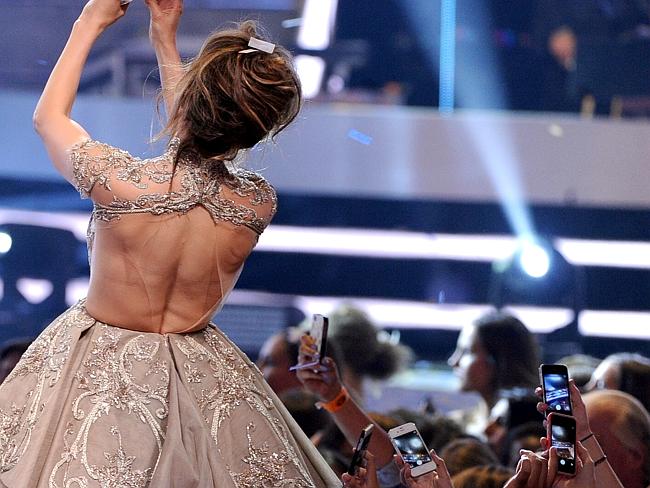Should you include a photo with your resume?
RECRUITERS might ask you for it, but it doesn’t mean it’s a good idea. Here’s the real deal on whether you should send a picture with your job application.

IT’S the new trend job seekers are being encouraged to embrace to stand out from the crowd — a professional photograph of yourself to accompany your resume.
But is this something you should be jumping on in your effort to land your dream job? Or are there bigger risks to this practice?
This week, online job seeker site OneShift released information that showed only 14 per cent of applicants included a photo of themselves with their resume.
If that figure seems high to you, keep in mind it’s not representative of the entire Australian population. It was from a survey conducted among people from its own database of users so the actual figure is likely to be much lower.
OneShift founder Gen George said including a photo was common practice in some European countries and it’s something Australians should be doing more.
“Candidates that include a photo, these days, have a clear advantage over those that don’t,” she said. “The profiles that get the most attention from prospective employers are always the ones with professional looking photos attached, and this goes the same for your resume.”
Ms George’s argument is that prospective employers are going to google you anyway so you may as well control their first visual impression.

However, making photos the norm in the initial stages of job applications is also fraught with risk. Employment industry experts warned that adding photos to resumes could increase your risk of being discriminated against.
The chief executive of the Australian HR Institute, Lyn Goodear, told news.com.au: “I would strongly caution against the advisability of such a practice.
“There are enough ways already in which unconscious or conscious biases can play out in job selection without introducing another way in which avenues for discrimination can be opened up.
“If an employer genuinely wants to select a competent candidate in a recruitment exercise, eliminating irrelevant and distracting side issues is one helpful way to do that. For most jobs, a photo of a candidate is not an indication of competence, and it might lead to outstanding candidates being hastily ruled out on the basis of a first visual impression.”
There has been much written about unconscious biases in the recruitment process including an oft-cited research paper out of the US that found candidates with more African American sounding names such as Lakisha were significantly more discriminated against than those with traditionally Anglo-Saxon names such as Emily.

Earlier this month, Bank of Queensland said it would remove all indicators which could potentially create unconscious biases from resumes it receives for senior roles to ensure it would pick the best person for the job. This includes name, age, gender and address.
Under Australian law, it is forbidden for a potential employer to ask a candidate about information that could be used to discriminate against them. This includes things such as age, race, marital status, religion, disability or political affiliation.
But what happens if it starts to become standard practice to include photos with resumes and employers expect it?
Maurice Blackburn associate in employment and industrial law Daniel Victory said it would be legally problematic for employers to request or require a photo as it could fall foul of anti-discrimination legislation.
Mr Victory said there are specific provisions under Queensland and Victorian law, and more generally under federal legislation, which makes it unlawful for any potential employer to ask for information that could be used to discriminate against you.
He added: “In my view, if it’s not relevant to the job someone is applying for, then why should someone include it?”
A notable exception to this would be professions such as acting or modelling.

Recruitment company Hays’ director in NSW, Jane McNeill, also advised against a photo. She said: “Including a photo can also mean people are able to make decisions based on your appearance. You want them to be focused on your achievements and capabilities, not your photo.”
On a more practical level, Ms McNeill said a photo takes up valuable real estate on resumes which shouldn’t be more than two pages, space that could be better used to demonstrate your suitability for the job. Some companies also use scanners and tracking systems to input the data from your resume and having a photo on the page could cause a machine to reject your resume.
In response, Ms George said: “What we’ve found is if someone is going to discriminate, it’s going to happen anyway.
“It’s about being able to control a situation, to say ‘this is me, this is my personality’. You want to be able to stand out from the crowd, that’s how you’re going to catch their attention.
“People are doing more and more creative things to stand out, and they are going above and beyond. There are so many people out there applying for only so many jobs.”




